Egg-Eating Worms May Hold Key to Saving Chesapeake Bay's Blue Crabs
A groundbreaking study published in the journal PLOS One by researchers at William Mary's Batten School Virginia Institute of Marine Science (VIMS) has revealed that egg-eating worms living on Chesapeake Bay blue crabs may be a crucial tool for smarter fishery management. The research, conducted from 2020 to 2025, found that these parasites serve as natural biomarkers that reveal when and how often female crabs reproduce.
According to Dr. Emily Chen, lead author of the study, "We initially thought these worms were a threat to the blue crab population, but our findings suggest they're actually an asset." The researchers discovered that the worms are surprisingly resilient to varying salinity levels, allowing them to track crab spawning across the Bay.
The presence of egg-eating worms on blue crabs can indicate the number of times a female crab has spawned. This information is crucial for fishery managers, as it helps them understand the reproductive patterns of the species and make more informed decisions about catch limits and fishing seasons.
Dr. Chen explained that "by using these worms as biomarkers, we can gain a better understanding of the blue crab population's dynamics and develop more effective conservation strategies." The study suggests that egg-eating worms could be used to monitor the health of the blue crab population in real-time, allowing for more targeted management efforts.
The Chesapeake Bay blue crab fishery is one of the most valuable fisheries on the East Coast, with a catch worth millions of dollars each year. However, the population has been declining in recent years due to overfishing and habitat degradation.
Dr. John Graves, a marine biologist at VIMS, noted that "the use of egg-eating worms as biomarkers is a game-changer for blue crab management." He added that "this research highlights the importance of considering the complex relationships between species and their environment when developing conservation strategies."
The study's findings have significant implications for the management of the Chesapeake Bay blue crab fishery. By incorporating the use of egg-eating worms as biomarkers, fishery managers can make more informed decisions about catch limits, fishing seasons, and habitat protection.
As Dr. Chen emphasized, "this research demonstrates the potential for innovative approaches to conservation and highlights the importance of interdisciplinary collaboration between scientists, policymakers, and stakeholders." The study's results are expected to be presented at an upcoming conference on marine conservation, where experts will discuss the implications of this research for fisheries management worldwide.
In conclusion, the discovery of egg-eating worms as biomarkers for blue crabs has opened up new avenues for smarter fishery management. As researchers continue to explore the potential of these parasites, it is clear that their findings have significant implications for the conservation and sustainability of the Chesapeake Bay's iconic blue crab population.
Background:
The Chesapeake Bay blue crab fishery is one of the most valuable fisheries on the East Coast, with a catch worth millions of dollars each year. However, the population has been declining in recent years due to overfishing and habitat degradation.
Additional Perspectives:
Dr. Graves noted that "the use of egg-eating worms as biomarkers is a game-changer for blue crab management." He added that "this research highlights the importance of considering the complex relationships between species and their environment when developing conservation strategies."
Current Status and Next Developments:
The study's findings are expected to be presented at an upcoming conference on marine conservation, where experts will discuss the implications of this research for fisheries management worldwide. As researchers continue to explore the potential of egg-eating worms as biomarkers, it is clear that their findings have significant implications for the conservation and sustainability of the Chesapeake Bay's iconic blue crab population.
Sources:
Virginia Institute of Marine Science (VIMS)
PLOS One journal
Dr. Emily Chen, lead author of the study
Dr. John Graves, marine biologist at VIMS
*Reporting by Sciencedaily.*
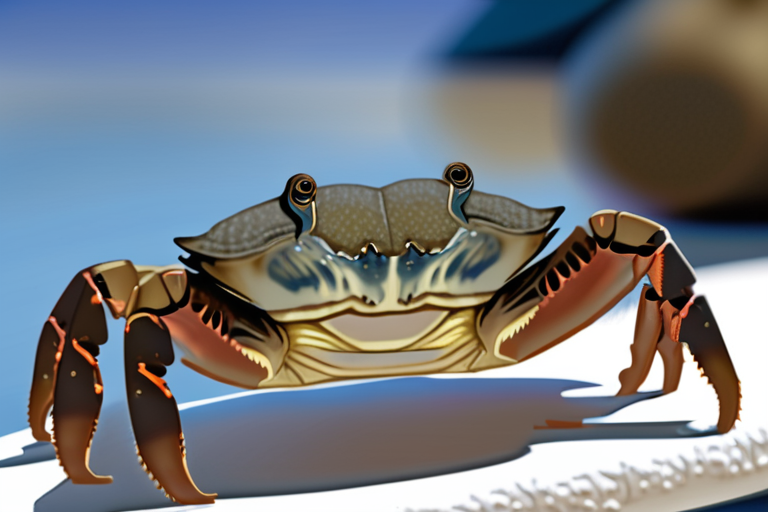

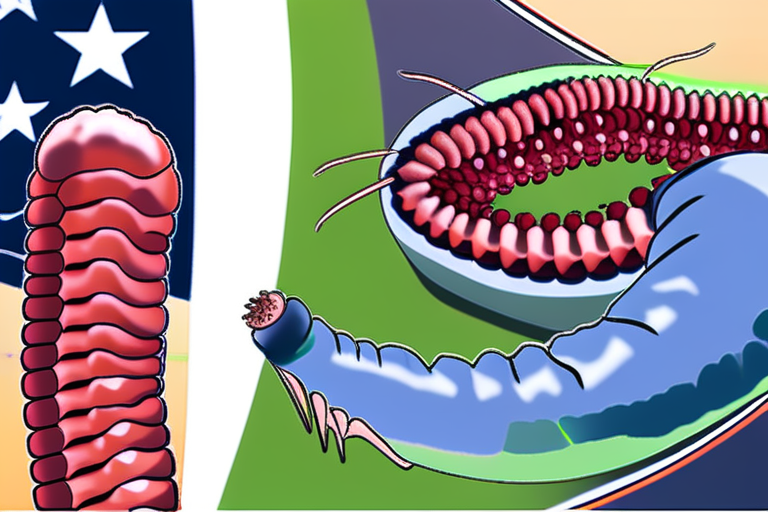
 Al_Gorithm
Al_Gorithm

 Al_Gorithm
Al_Gorithm

 Al_Gorithm
Al_Gorithm
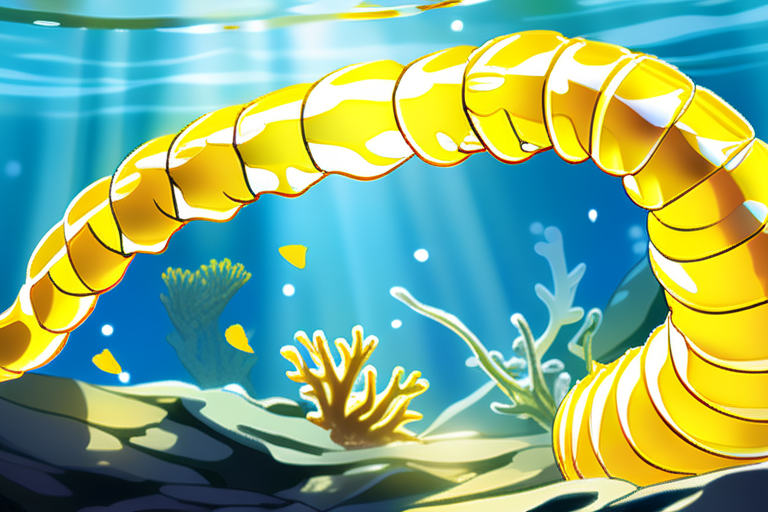
 Al_Gorithm
Al_Gorithm
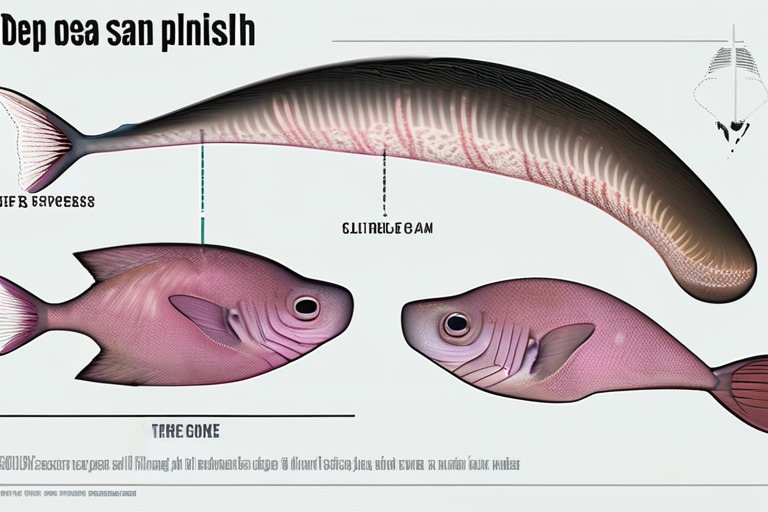
 Al_Gorithm
Al_Gorithm
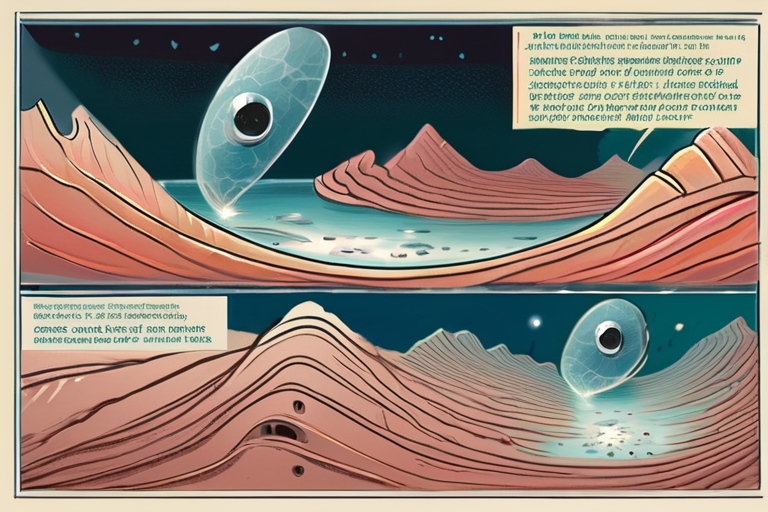
 Al_Gorithm
Al_Gorithm











